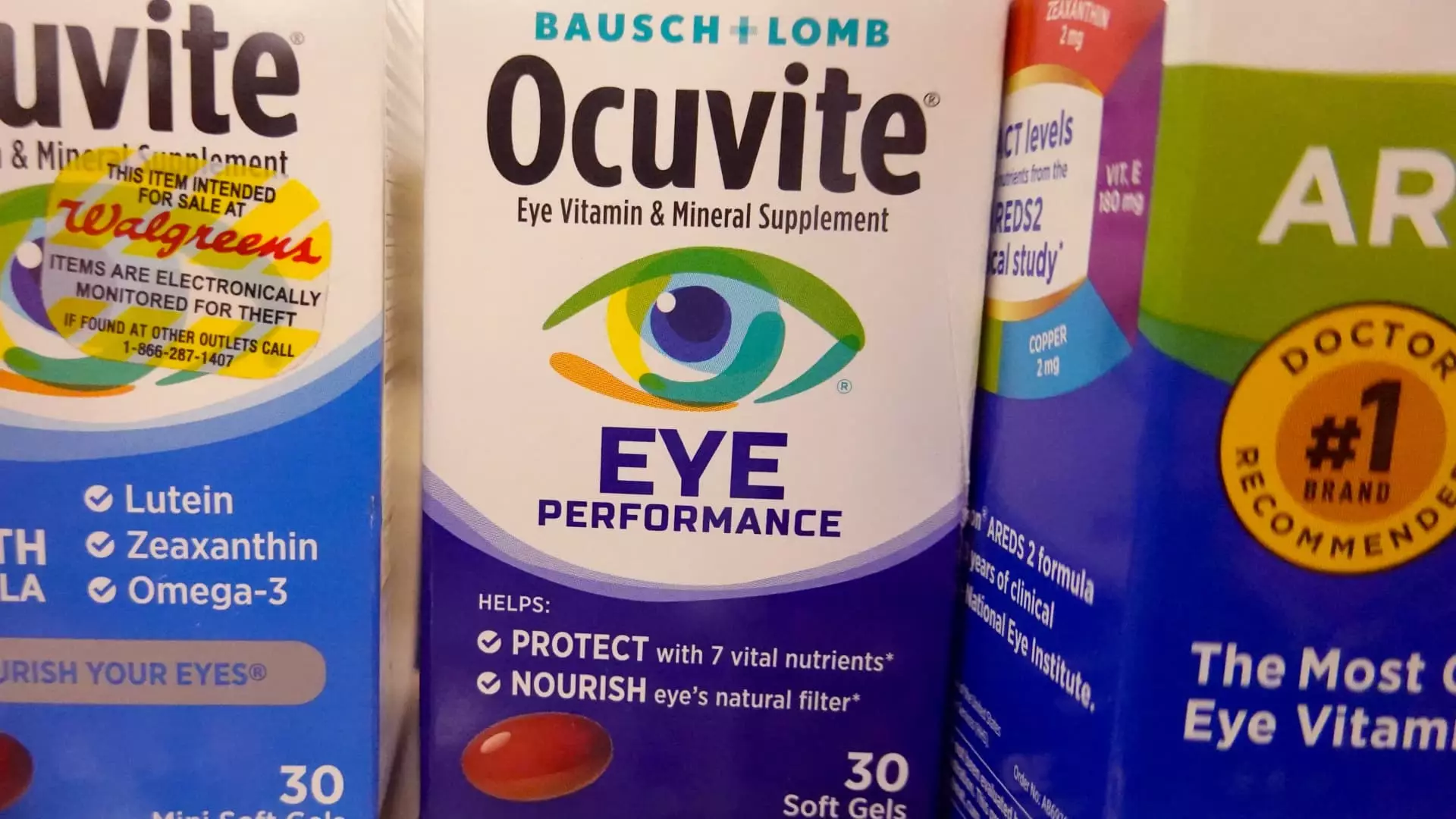Bausch Health, once recognized under the Valeant Pharmaceuticals banner, represents a pivotal player in the international pharmaceutical landscape. Headquartered in Canada, this multinational company has ventured through various therapeutic domains, notably dermatology, gastroenterology, neurology, and ophthalmology. To understand its current dynamics, we must delve into its operational segments, shareholder actions, and the strategic maneuvers designed to enhance company value.
Bausch Health operates through five essential segments: Bausch + Lomb, Salix Pharmaceuticals, International Rx, Solta Medical, and Diversified Products. Notably, the Bausch + Lomb unit stands out as a cornerstone of the company’s portfolio, primarily due to its contributions to eye care solutions. The diverse operations encompass a range of specialties, each targeting specific medical needs, which is a strategic approach to mitigate risks associated with market volatility in any one sector. However, while this diversity broadens Bausch Health’s reach, it also introduces complexities in management and resource allocation.
The entry of activist investor Carl Icahn on February 11, 2021, marked a significant shift in the corporate governance landscape of Bausch Health. His filing with the U.S. Securities and Exchange Commission emphasized a proactive intention to engage with the company’s leadership regarding strategic enhancements aimed at boosting shareholder value. This interaction led to critical structural adjustments within the board, increasing its size to accommodate Icahn’s associates, which illustrates the influence of shareholder activism in corporate affairs.
Icahn’s involvement reflects a broader trend where institutional investors seek a voice in governance to wield their power effectively. The strategic review instigated by Icahn is an essential move, stirring discussions regarding possible paths toward maximizing shareholder wealth. The outcome of these boardroom dialogues is pivotal in determining not only the operational structure of Bausch Health but also the overall strategy moving forward.
The recent report from the Financial Times regarding Bausch + Lomb (BLCO) retaining Goldman Sachs to explore potential sale options highlights the precarious financial environment surrounding the division. Presently, BLCO has an enterprise value estimated at $10 billion, but its valuation is hindered by its association with Bausch Health’s considerable debt load, which totals approximately $20.4 billion. This situation emphasizes the imperative for Bausch to navigate its debt obligations effectively while maximizing the intrinsic value of its operating entities.
Moreover, the Salix division’s performance showcases both strengths and looming threats. It has emerged as a substantial revenue generator, with Xifaxan accounting for a significant share; however, the impending patent expiration in 2028 raises concerns about sustainability. If the revenue from Xifaxan dwindles post-patent expiry, Bausch Health’s holistic financial health may suffer, emphasizing the need for strategic diversification and innovation within Salix.
Determining the worth of Bausch Health hinges on a nuanced understanding of its various operating segments and their future growth trajectories. The current enterprise value calculations suggest that divesting BLCO could offer immediate relief and facilitate a more robust valuation overall. Analysts project an estimated EBITDA for BLCO in 2025 at $966 million, which positions it favorably compared to peers like The Cooper Companies and Alcon. However, the substantial net debt impacts the perceived equity value, leading to a need for careful maneuvering in a sale process.
Even amid uncertainty, estimates reveal a substantial total value for Bausch Health if the right strategic decisions are made. The composite value derived from BLCO, combined with the Xifaxan business’s present value and other divisions, could aggregate to approximately $25.93 billion. This figure indicates that shareholders could attain greater value through operational restructuring and potential asset sales rather than clinging to a blended operating model laden with debt.
As Bausch Health navigates this transitional period, the presence of seasoned directors with a track record of financial acumen adds a layer of strategic advantage. The board’s composition, which includes notable figures from the activist investment sector, suggests a decisive shift towards aggressive management strategies. Having leadership experienced in mergers, acquisitions, and financial optimization could drive Bausch Health into a phase of rejuvenation.
Ultimately, the scrutiny of Bausch Health’s operations, combined with active shareholder engagement and strategic foresight, paints a complex but promising future. By addressing its financial burdens and leveraging its diverse portfolio, the company has the potential to transform challenges into opportunities, thus positioning itself as a resilient entity in the pharmaceutical landscape.

